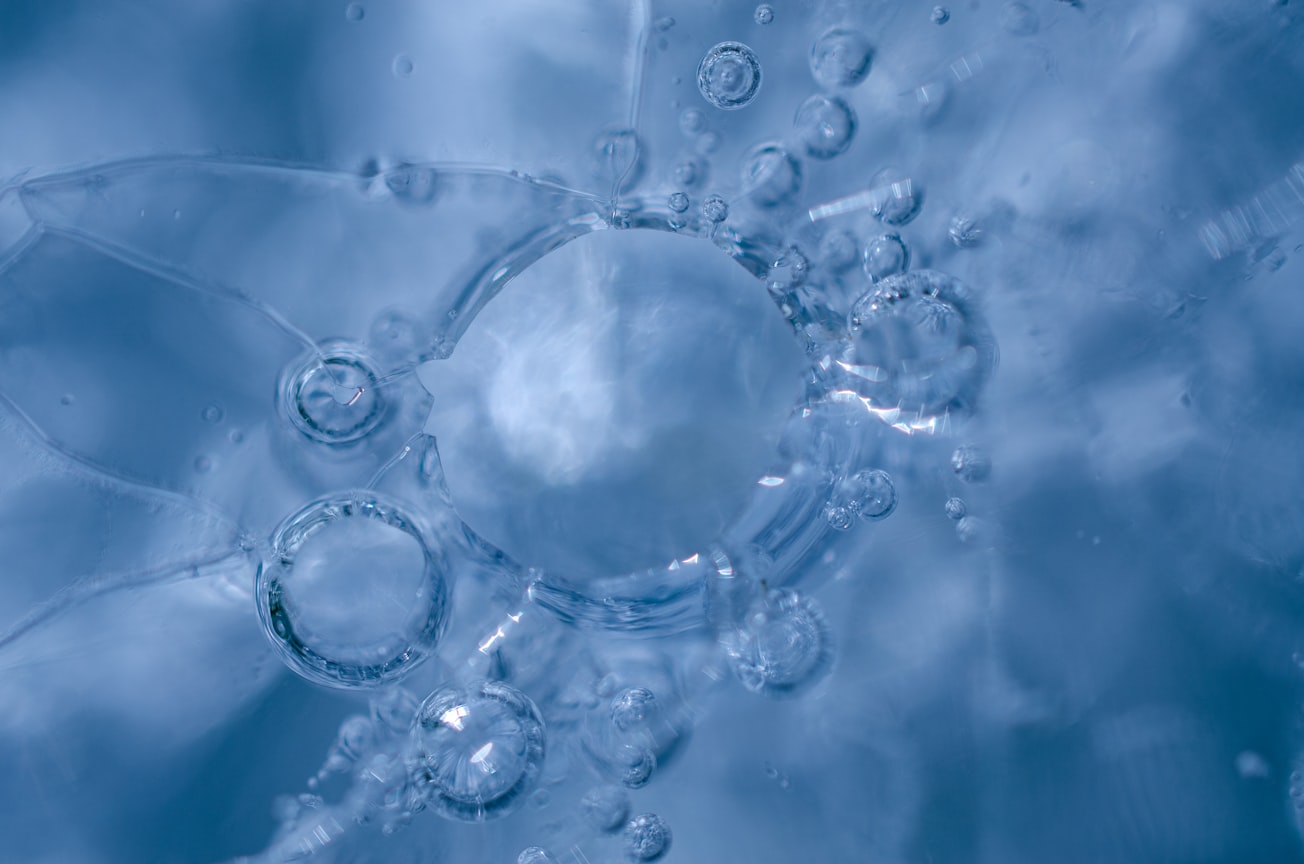What is it about?
In this work, we have shown (without photothermal effects) that non-unison and self-intensified collapse of toroidal bubbles (not jet impact) with boosted shock wave emission near a stone surface holds the key to cavitation erosion in Holmium: YAG laser lithotripsy.
Featured Image

Photo by REGINE THOLEN on Unsplash
Why is it important?
Cavitation erosion represents a new mechanism of stone damage that is distinctly different from the conventional photothermal ablation in Holmium: YAG laser lithotripsy. Cavitation erosion can be harnessed to enhance the efficiency of stone dusting in laser lithotripsy, which has become the treatment of choice for kidney stone patients.
Perspectives

I hope this work will encourage and promote more interdisciplinary, rigorous, and in-depth research regarding the mechanism of stone damage in laser lithotripsy beyond the conventional theory of photothermal ablation.
Pei Zhong
Duke University
Read the Original
This page is a summary of: Dissimilar cavitation dynamics and damage patterns produced by parallel fiber alignment to the stone surface in holmium:yttrium aluminum garnet laser lithotripsy, Physics of Fluids, March 2023, American Institute of Physics,
DOI: 10.1063/5.0139741.
You can read the full text:
Contributors
The following have contributed to this page








